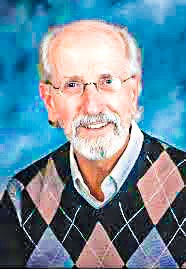Cuban agriculture is largely organic.
80% of Cubans are home-owners.
Cuban elections are free of money and negative campaigning. (Yes, there are elections in Cuba -- at all levels. Please see my last blog entry.)
Nearly half of government officials are women in what some have called "the most feminist country in Latin America."
Drug dealing in Cuba has been eliminated.
Homelessness is absent from Cuban streets.
Streets are generally safe in Cuba
Gun violence is non-existent.
But what about Cuba's notoriously low incomes for professional classes? They have doctors and teachers earning significantly less than hotel maids and taxi drivers who have access to tourist dollars. Professionals, it is often said, earn between $20 and $60 per month. Taxi drivers can earn as much in a single day.
There's no denying, the growing income gap is a problem. It's one of the most vexing issues currently under discussion by the Renewal Commission that is now shaping Cuba's future after years of consultation with ordinary Cubans nation-wide.
And yet the income gap has to be put into perspective. That's supplied by noting that Cubans do not live in a dollar economy, but in a peso arrangement where prices are much lower than they are for tourists. One also attains perspective by taking the usually cited $20m onthly wage and adding to it the "social wage" all Cubans routinely receive. And here I'm not just talking about the basket of goods insured by the country's (inadequate) ration system. I'm referring to the expenses for which "Americans" must budget, but which Cubans don't have. That is, if we insist on gaging Cuban income by U.S. dollar standards, add to the $20 Cubans receive each month the costs "Americans" incur monthly for such items as





